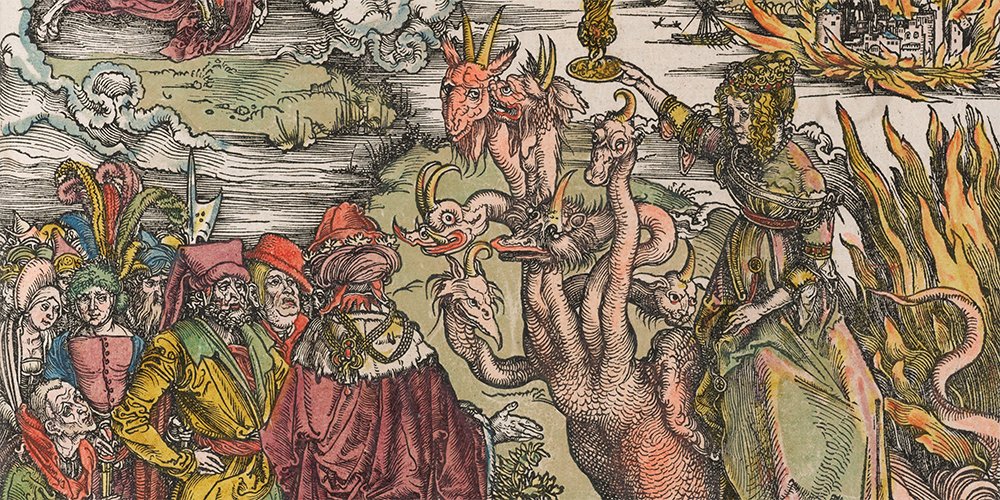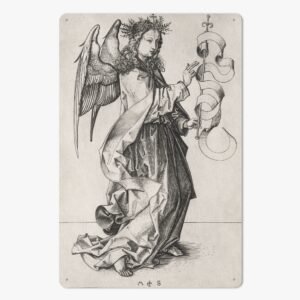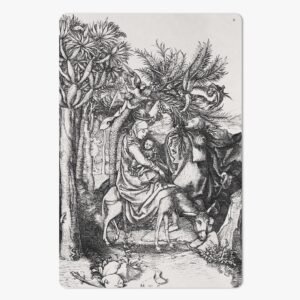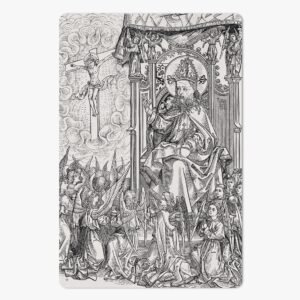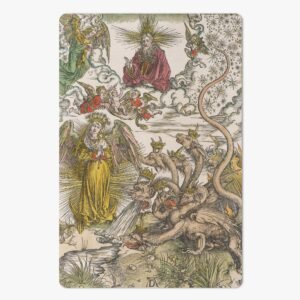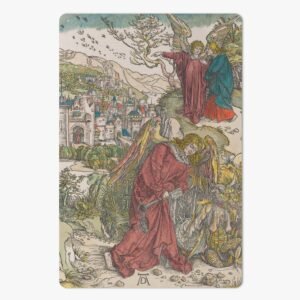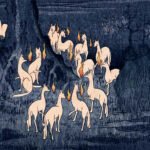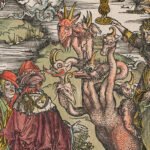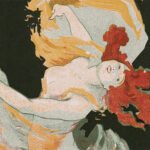The Northern Renaissance was a profound cultural movement that blossomed across Europe north of the Alps during the 15th and 16th centuries. While it paralleled the better-known Italian Renaissance, it developed a distinct character shaped by local traditions, religious reform, and an extraordinary attention to detail. Centered in regions like Flanders, the Netherlands, Germany, and France, this movement transformed the visual arts with its technical brilliance, realism, and deep symbolic language.
A Different Kind of Renaissance
Unlike the Italian Renaissance, which emphasized classical antiquity and anatomical perfection, the Northern Renaissance focused on domestic settings, religious devotion, and meticulous realism. Artists used oil paints to create rich textures, luminous glazes, and minute details—down to the reflection in a teardrop or the stitching in a cloak.
Many of the works from this period were altarpieces, portraits, and devotional scenes, filled with hidden meanings and moral allegories. Symbolism reigned supreme, where a simple object like a lily or a candle could convey theological truths.
Masters of the Northern Renaissance
Here are five artists whose work defined the era and continue to inspire to this day :
- Jan van Eyck (c. 1390–1441) Often credited as a pioneer of oil painting, van Eyck’s works like The Arnolfini Portrait showcase his revolutionary techniques in texture, light, and reflection.
- Albrecht Dürer (1471–1528) The German master of woodcuts and engravings, Dürer blended Northern precision with Italian humanism. His Apocalypse series and Melencolia I are iconic examples of Renaissance printmaking.
- Hieronymus Bosch (c. 1450–1516) Known for his fantastical imagery and moral allegories, Bosch’s The Garden of Earthly Delights reveals a deeply imaginative (and often disturbing) worldview.
- Pieter Bruegel the Elder (c. 1525–1569) A master of genre painting and social commentary, Bruegel captured peasant life and human folly in works like The Peasant Wedding and Hunters in the Snow.
- Rogier van der Weyden (c. 1400–1464) A contemporary of van Eyck, van der Weyden’s emotionally charged religious scenes, such as The Descent from the Cross, are revered for their drama and devotion.
Legacy and Lasting Influence
The Northern Renaissance laid the groundwork for future artistic developments in Europe, from Baroque to Realism. It expanded the idea of what art could represent—not just beauty or glory, but daily life, spiritual struggle, and human imperfection. Its influence is still visible today in art, design, and illustration.
Bring the Northern Renaissance into Your Home
Art lovers continue to be drawn to the timeless detail and narrative depth of this remarkable period. Whether you’re inspired by Dürer’s intricate engravings or van Eyck’s glowing portraits, the Northern Renaissance offers beauty and meaning in every frame.
Browse our curated selection of prints from the Northern Renaissance below, and bring a piece of history into your home.

